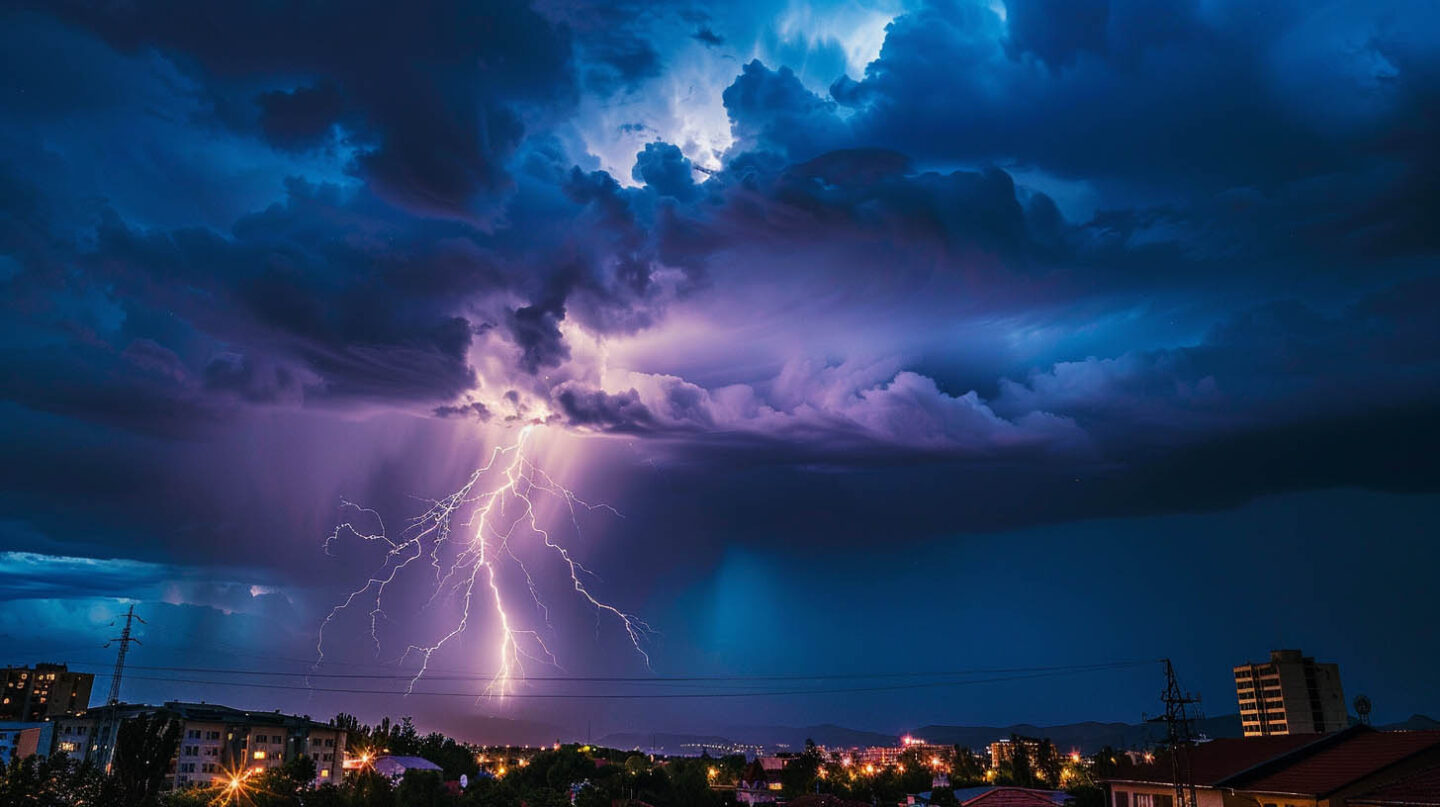When a storm hits Durham, NC, the aftermath can be overwhelming. Dealing with property damage is stressful enough without the added confusion of filing an insurance claim. Your insurance policy is there to protect you, but you need to provide clear proof of the damage. That’s where your camera becomes your most powerful tool. At The Shingle Master, we’ve helped countless homeowners navigate this process. This guide will show you exactly what storm photos your insurer needs to process your claim efficiently and fairly.
Why Insurance Companies Need Storm Photos
Comprehensive documentation is crucial for insurance companies evaluating storm damage insurance claims. Storm photos serve as essential proof of loss, allowing insurers to assess the full extent of the damage quickly. They help establish the condition of your property prior to the storm, providing a valuable comparison for claims adjustment. By submitting thorough documentation, policyholders can protect themselves against potential coverage disputes, ensuring they receive the replacement cost or actual cash value for the repairs required after a covered loss.
How Storm Photos Support Your Claim
Accurate storm documentation can significantly bolster your storm damage insurance claim. Photos provide undeniable proof of the extent of the damage, enabling insurance adjusters to assess the situation accurately. High-quality images of affected areas—like broken windows, water damage, and damaged roofing—serve as vital evidence in establishing the need for repairs. By offering clear visual representation, these photographs help validate your claim, ultimately supporting your case for replacement cost coverage or actual cash value determinations within your policy’s limits.
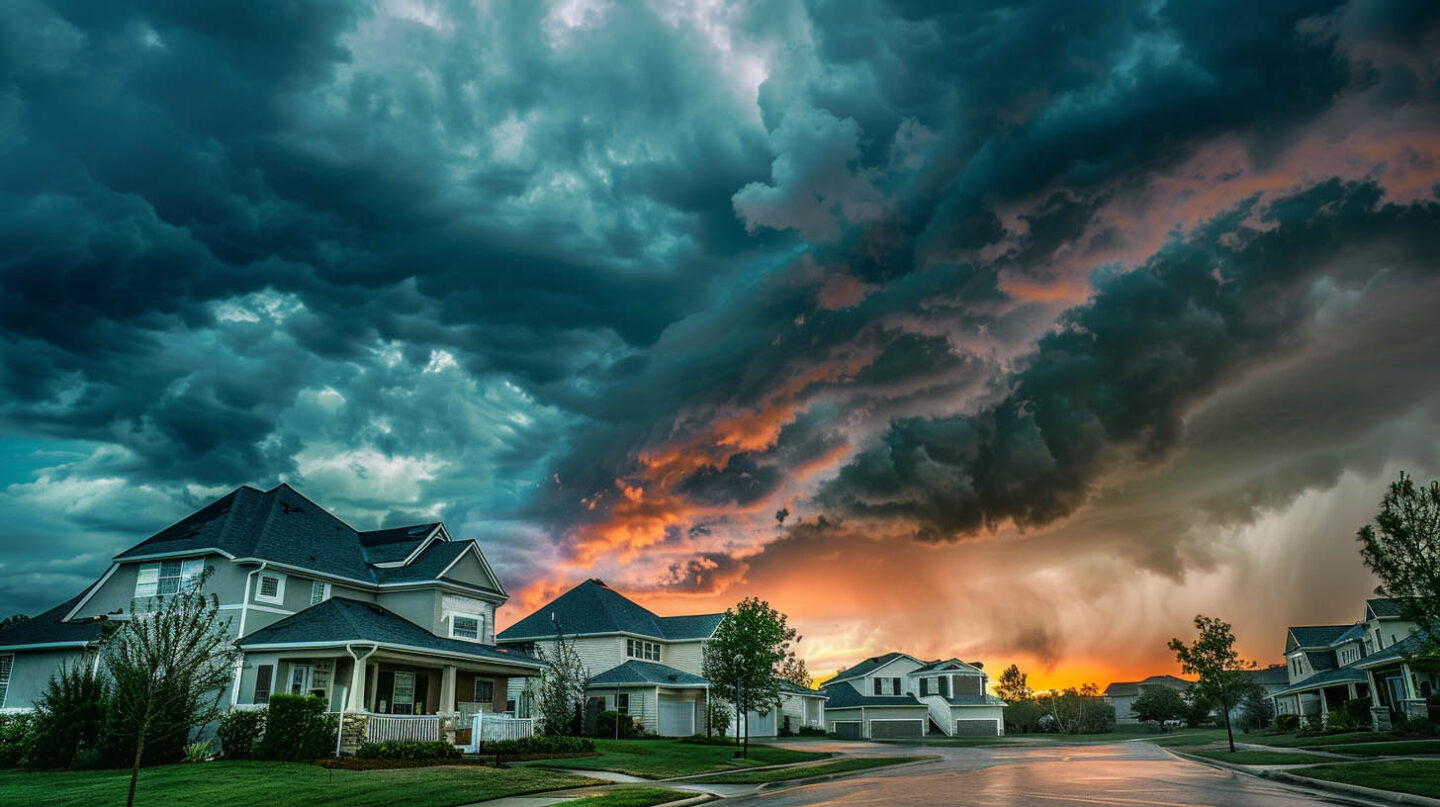
When Photos Are Required for Storm Damage Claims
Documenting storm damage through photos is crucial at specific stages of the claims process. Photos are necessary immediately after the event, providing evidence of the physical inflicted by the storm. Insurers often require these images to assess the extent of the damage and determine liability under the insurance policy. Additional documentation may also be necessary for any supplemental claims related to temporary repairs or further damage. Adhering to these requirements ensures a smooth claims experience and prompt resolution.
Pre-Storm Documentation: Setting Yourself Up for Success
Smart policyholders know that preparation is key. Taking photos of your property before a storm strikes is one of the most effective things you can do to prepare for a potential storm damage insurance claim. This pre-storm documentation creates a clear “before” picture of your home’s condition.
This simple step can prevent debates about pre-existing damage, proving that your roof, siding, and windows were in good shape prior to the weather event. Let’s look at how to create this valuable record and why it’s so important for your claim.
Capturing Your Property Before the Storm Hits
Documenting your property prior to a storm is crucial for establishing a baseline. High-quality photos of your home and belongings serve as vital proof of their condition in case of storm damage insurance claims. Focus on capturing detailed images of your roof, siding, and any unique features that might be affected. This thorough documentation helps mitigate disputes with the insurance company, ensuring your policy covers any ensuing damage. Such evidence becomes invaluable in the claims process, supporting your assertion of loss.
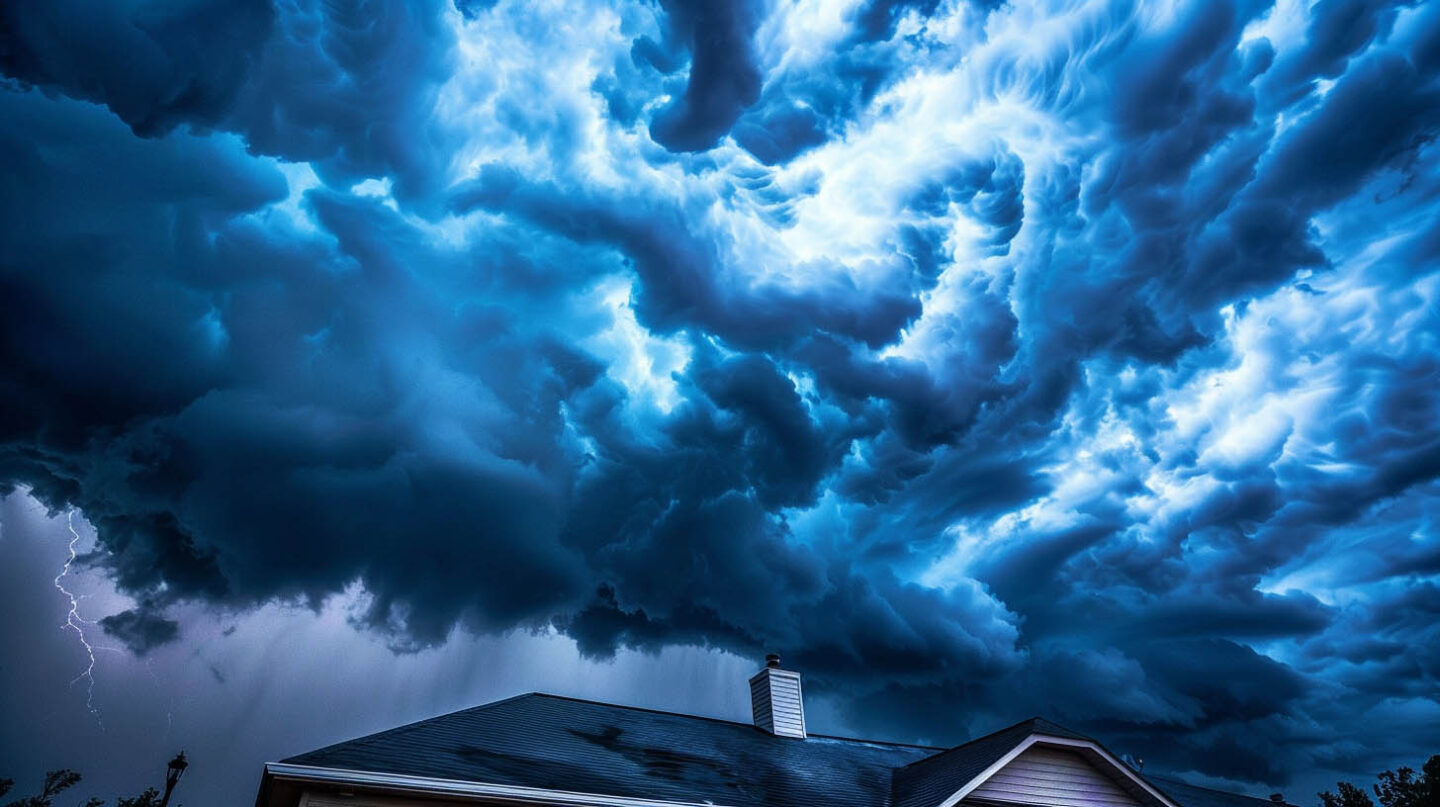
The Value of “Before” and “After” Comparisons
Visual documentation serves as a powerful tool in substantiating claims. Capturing “before” images illustrates the original condition of your property, providing critical evidence in cases of storm damage. When combined with “after” photos, this comparison vividly highlights the extent of the damage, aiding insurance adjusters in assessing the situation. Such thorough documentation enhances the likelihood of a successful insurance claim by clearly demonstrating the physical damage that occurred during a covered peril, ensuring that your insurer recognizes the full extent of your loss.
Essential Storm Photos to Take After Damage
After ensuring your family is safe, your next step is to document the storm damage. Taking essential storm photos immediately is crucial for your property damage claims. Don’t start cleaning up or making repairs until you have a thorough visual record of the entire scene.
Your goal is to create a complete picture of the damage for someone who has never seen your home. Capture both the big picture and the small details. Let’s break down which exterior and interior areas you should focus on to build a strong claim.
Exterior Areas to Focus On (Roof, Siding, Gutters)
Focusing on key exterior areas is crucial after a storm. The roof often bears the brunt of weather-related damage, making it essential to capture photos of missing shingles, leaks, or sagging. Siding should also be documented, especially if there are dents, cracks, or water intrusion signs. Finally, gutters play a vital role in water management; photograph any debris accumulation, bent sections, or detachments. These visuals provide a comprehensive view of the storm damage and support your insurance claim effectively.
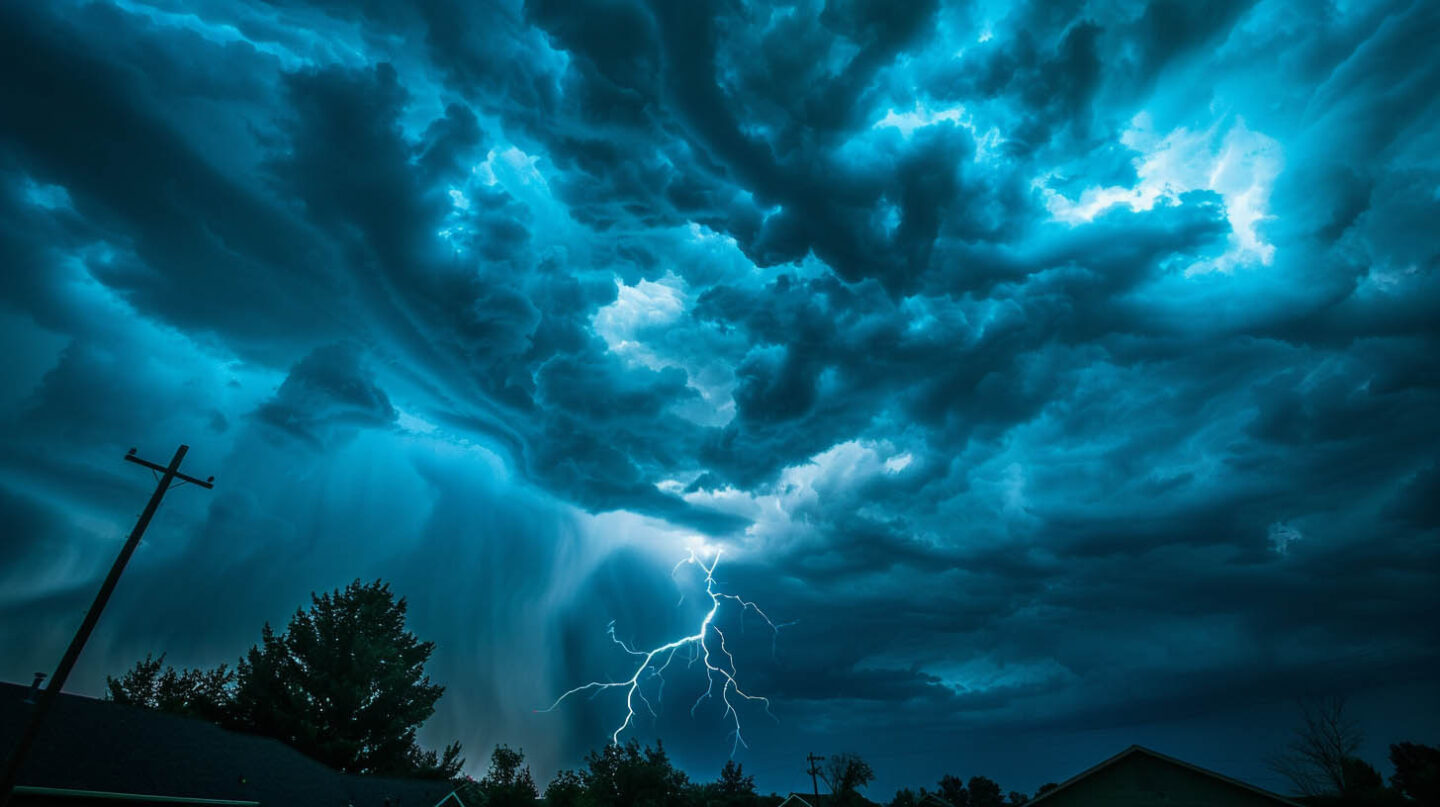
Interior Damage Documentation Tips
Thorough documentation of interior damage is crucial for a successful insurance claim. Focus on areas affected by water or flood damage, capturing photographs of damaged walls, ceilings, and flooring. Emphasize personal belongings impacted by the storm—evidence of their condition can significantly influence the claims process. Including details like timestamps and descriptions helps in establishing the extent of the damage for the insurance adjuster. Remember, proper documentation can streamline your claim and could result in more favorable compensation from your insurer.
Best Practices for Taking Effective Storm Photos
Taking photos of the property is one thing, but taking effective photos that strengthen your storm insurance claim requires a bit of strategy. The goal is to create a clear, credible, and comprehensive visual record that leaves no room for doubt.
Following a few best practices can make the difference between a smooth process and a frustrating one. From your camera settings to the way you frame your shots, every detail matters. Here are some tips to ensure your photos meet the standards your insurer expects and effectively communicate the extent of the damage.
Camera Settings, Angles, and Lighting
Selecting the right camera settings can significantly impact the quality of storm documentation. Choose a higher ISO for overcast conditions to enhance clarity, while adjusting the aperture to ensure a broader depth of field, capturing the full extent of the damage. Exploring various angles allows you to showcase the property’s vulnerabilities, such as broken windows or sagging roofs. Natural lighting is ideal; however, artificial lighting can help illuminate specific areas for better visibility, providing thorough documentation for your insurance claim.
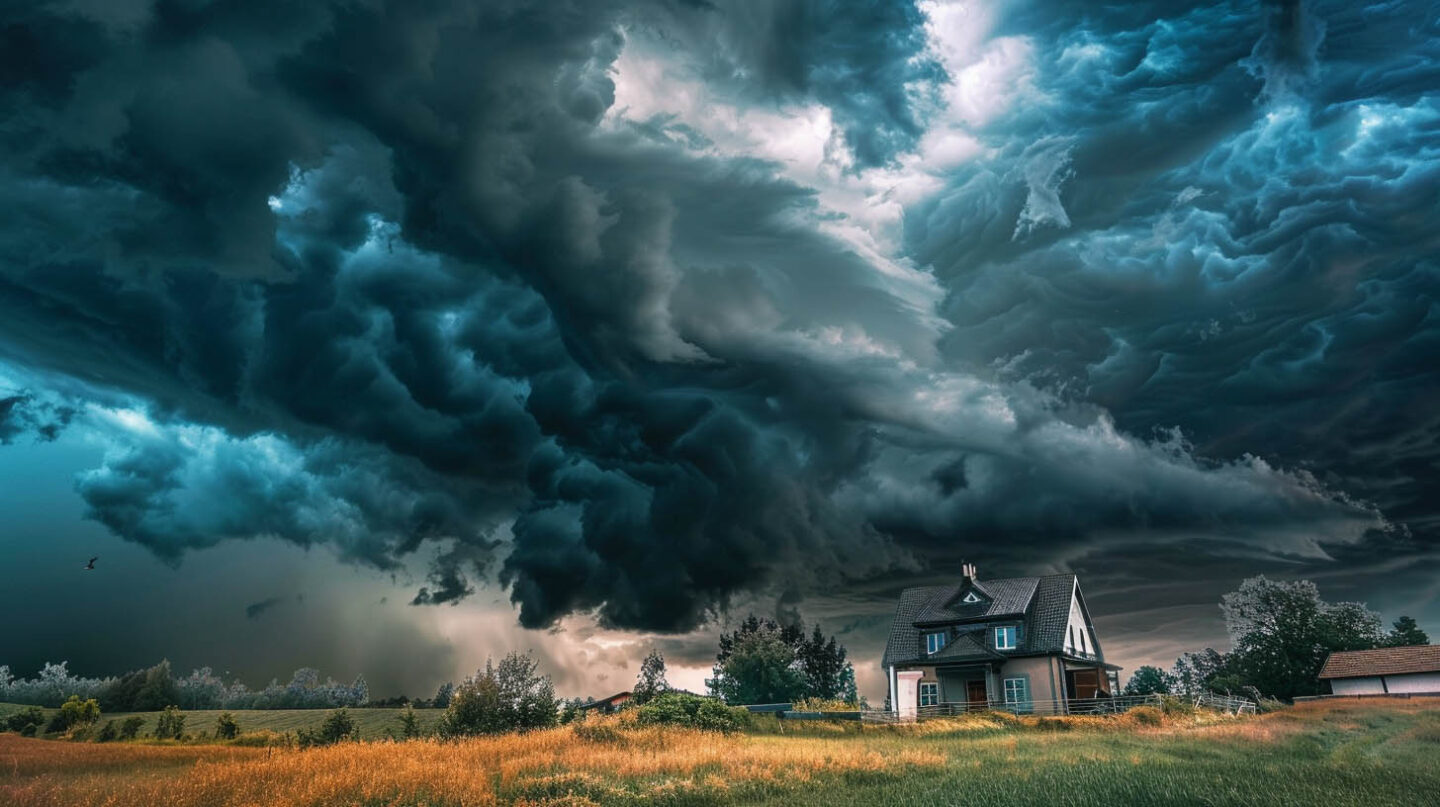
Including Timestamps and Relevant Details
Photos taken after a storm’s impact should include timestamps and relevant details to ensure accurate documentation of your property’s condition. This vital information can greatly support your storm damage insurance claim by providing a clear timeline of events. Capture images of affected areas alongside receipts or notes that detail the extent of the damage and any immediate repairs made. Such thorough documentation helps insurance adjusters comprehend the full extent of the damage, facilitating a smoother claims process and potential reimbursement.
Trust the Experts
A successful insurance claim hinges on the thorough documentation of storm damage. By providing your insurer with comprehensive photos, you substantiate your claim and ensure that you receive the appropriate coverage for repairs. This proactive approach not only aids in establishing the full extent of the damage but also streamlines the claims process. Remember, detailed documentation and timely submission can significantly impact the outcome of your insurance claim, helping you recover more effectively from the aftermath of a storm. As a trusted provider, we hold several accolades including GAF Master Elite Contractor, BBB A+, Haag Certified Inspector, NC Licensed General Contractor, and recognition as Raleigh’s Best Roofing Contractor, showcasing our commitment to quality service and customer satisfaction. Additionally, our affiliations with NHBA and the Raleigh Chamber of Commerce further reinforce our dedication to excellence in the industry.
Frequently Asked Questions
Why does my insurance company want to take pictures of my house?
An insurance company takes pictures to assess risk and document your property’s condition before or after a loss. For a storm damage claim, these photos serve as official documentation for the claims process, helping the adjuster verify the extent of the property damage and estimate the cost of repairs accurately.
Should I send photos of an accident to insurance?
Yes, sending photos of an accident to your insurance company is essential. These images provide clear evidence of the damage, helping to substantiate your claim. They can also expedite the claims process and ensure you receive a fair settlement based on the documented incident.
Why is my insurance company asking for pictures of my car?
Insurance companies request photos of your car to assess damage accurately, verify claims, and determine the extent of losses. These images help expedite the claims process, ensuring fair compensation based on the actual condition of your vehicle post-storm.
Read our blog: Impact-Rated Shingles: What UL 2218 Really Means

